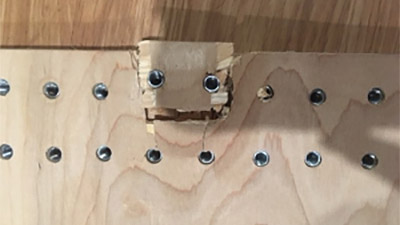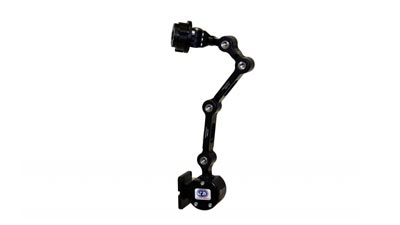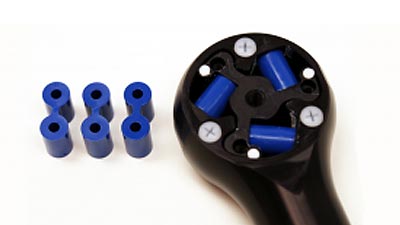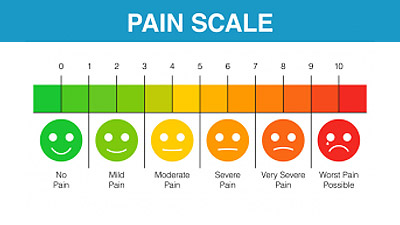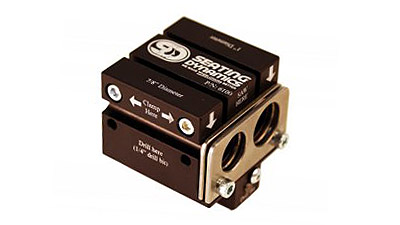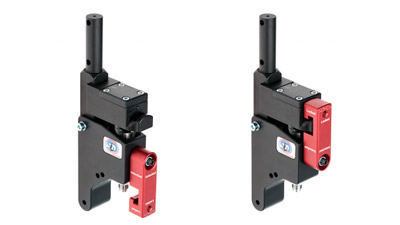A Dynamic Journey – a solution to wheelchair breakage and so much more
This blog addresses various aspects of Dynamic Seating – seating that provides movement in response to client forces. Just how do people actually find this solution? Well, many caregivers and health care professionals are working with a client who has broken their seating system, mounting hardware and/or mobility base. Wheelchair breakage may occur repeatedly over time.
Maintaining Head Support Position – let’s do the math!
I see a lot of clients for head positioning in their wheelchair seating system. This requires a thorough seating assessment, as well as providing the best product. Even if I choose what I believe to be the very best head support for a client, I find that maintaining the position of that support is a challenge. I continually find that the hardware has moved, often resulting in a sub-optimal head position for the client.
Determining Resistance: Dynamic Footrests – Update
Seating Dynamics Dynamic Footrests can move in up to 3 directions. First, the footrests can telescope, allowing movement downward. Second, the footrests can elevate, allowing the knee to extend and the foot to move forward. Third, the footplate can move into plantar and dorsi flexion, allowing ankle movement.
Dynamic Seating & Self-Propulsion: An interview with Joe Gilkerson
Joe Gilkerson, ATP, works with Numotion in Salisbury, Maryland. I had a wonderful phone conversation with him recently in which he shared some dynamic seating experiences he has had with one of his clients, Blake and his journey to self propulsion.
Comfort vs. Pain in Funding Documentation
If I go to the doctor for any reason, someone on staff always asks if I am in pain and, if so, what level of pain I’m in. Pain is a big deal. Beginning in the 1990’s, increased attention was given to pain and it was even dubbed the ‘fifth vital sign.”
New Back Cane Saw & Drill Jig Simplifies DRBi Installation
Seating Dynamics Dynamic Rocker Back interface (DRBi) provides movement in response to client forces. These forces are stored and then return the client to a neutral starting position. This Dynamic Back has many clinical applications, but first it must be correctly mounted to a wheelchair base.
The Label Game – which clients use Dynamic Seating?
Michelle L. Lange, OTR/L, ABDA, ATP/SMS When I first began working with clients more than 30 years ago (yikes!), I…
The Dynamic Rocker Back Interface: when should I lock it out?
The Dynamic Rocker Back Interface (DRBi) is a Dynamic Back that moves in response to client force. The elastomers in this Dynamic Back then return the client to an upright position. Some Dynamic Seating components “lock-out” or “latch” to temporarily render the component static. When should the DRBi be locked out?
Change Can Be Good! An Interview with Cary Yarbrough of Action Seating and Mobility
Cary Yarbrough, ATP, works with Action Seating and Mobility in Sherwood, AK. He has been working with dynamic seating for many years, having mainly recommended the Kids Rock wheelchair in the past. When this was discontinued, he set out to find other options. Cary’s number one goal at the 2017 International Seating Symposium was to find Dynamic Seating – and he did at the Seating Dynamics booth.

